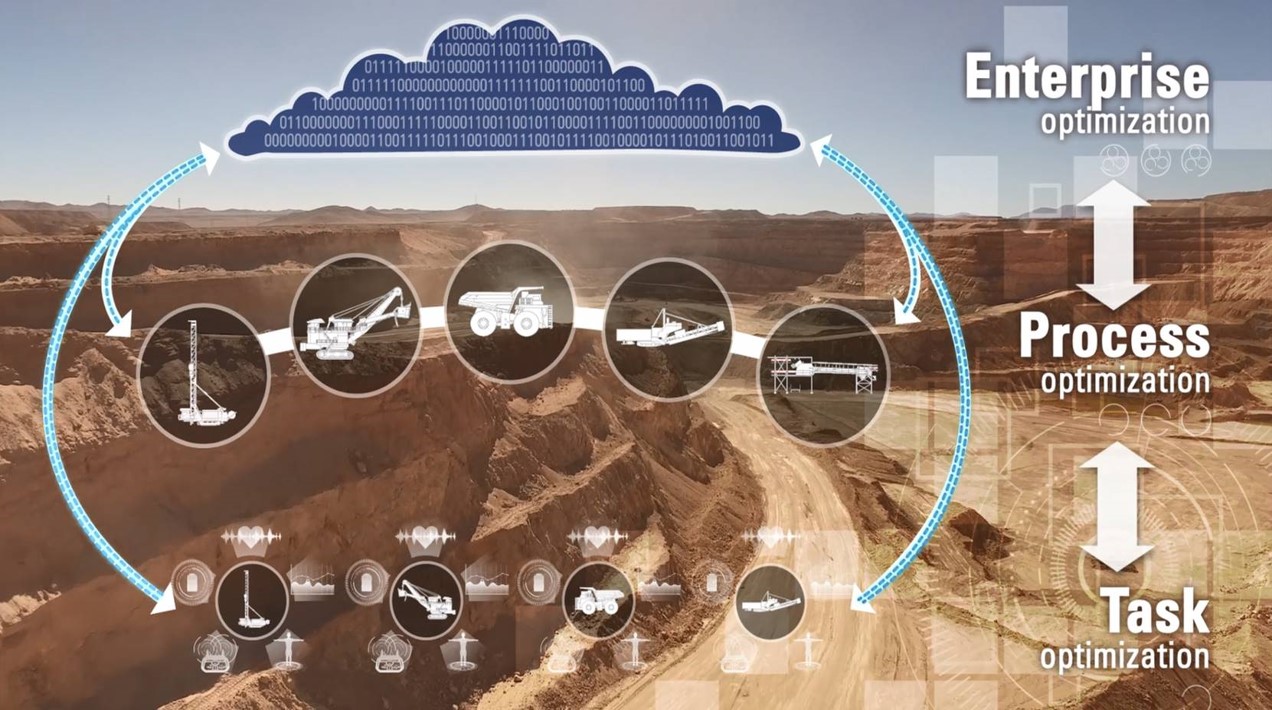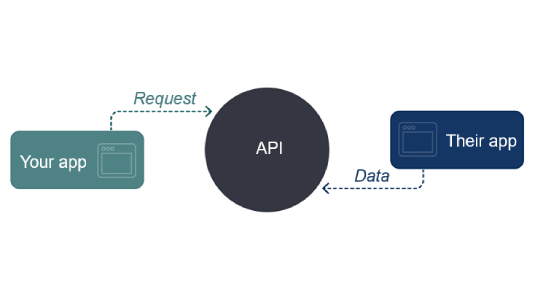3 min read
Intelligent Mining: Leveraging APIs to integrate mining technologies

A few months ago, we announced the launch of our revolutionary APIs. Now that we’ve progressed the commercial availability of those APIs, you’re probably eager to learn more about what they are, how they work, and what they can do for your operation.
What is an API?
Application Programming Interfaces, or APIs, connect software applications by receiving requests from one application and sending appropriate responses to another. It’s essentially an intermediary that allows two (or more) software applications to communicate and share information that would otherwise be unavailable to either individual application.
Typing a URL into a browser, which then loads the requested page, is an example of a connection made via API.

Why use APIs?
Imagine a technology forum with a panel of experts, each with a discrete area of focus. The information to be conveyed by each expert has the potential to expand and enhance the capabilities of not only the attendees, but of the other panelists, as well. Unfortunately, as the forum gets underway, it becomes apparent that each panelist speaks a language that no one else in the room understands. There are no interpreters present, thus there’s no way for communication to take place. Although each expert has valuable data to share, and would likely benefit from the feedback received, the language incompatibility presents an insurmountable obstacle.
Now, imagine a similar situation, this time at a mine. The site’s Fleet Management System (FMS) speaks one language and the third-party applications in use all speak another. However, unlike at the forum, the required interpreters – in the form of application programming interfaces (APIs) – have been put in place.
Through the APIs, the FMS can communicate with each of the third-party applications, engaging in bi-directional data sharing that enhances functionality at both ends.
Our Vision: A Connected, Interoperable Mining Ecosystem
The Modular Mining APIs provide real-time, read-only access to various endpoints including:
- Equipment positioning data
- Equipment status changes
- Equipment cycle state changes
In addition, the APIs provide write access to various entry points including:
- Location status
- Road state
- Crusher Telemetry
Through the API infrastructure, our industry-leading DISPATCH® fleet management and ProVision® Machine Guidance systems can interface and interoperate with applicable third-party programs, helping to increase productivity, operational efficiency, and overall value to the mines.
The release of up and down-stream third-party integration characterizes our first step towards mine-wide optimization.
The Modular Mining APIs currently facilitate real-time (or near real-time) two-way data sharing between the DISPATCH or ProVision systems, and third-party applications in the areas of:
- Supervisory Control (Core API)
- Mine Planning (Machine Guidance API)
- Crusher Management (Crusher API)
- Aftermarket Systems Integration (Heavy Mobile Equipment (HME) Aftermarket API)
- Payload Management (Payload System API)

To learn more about how the heightened levels of integration and increased openness facilitated by the APIs can help unlock untapped value at your operation please contact us.